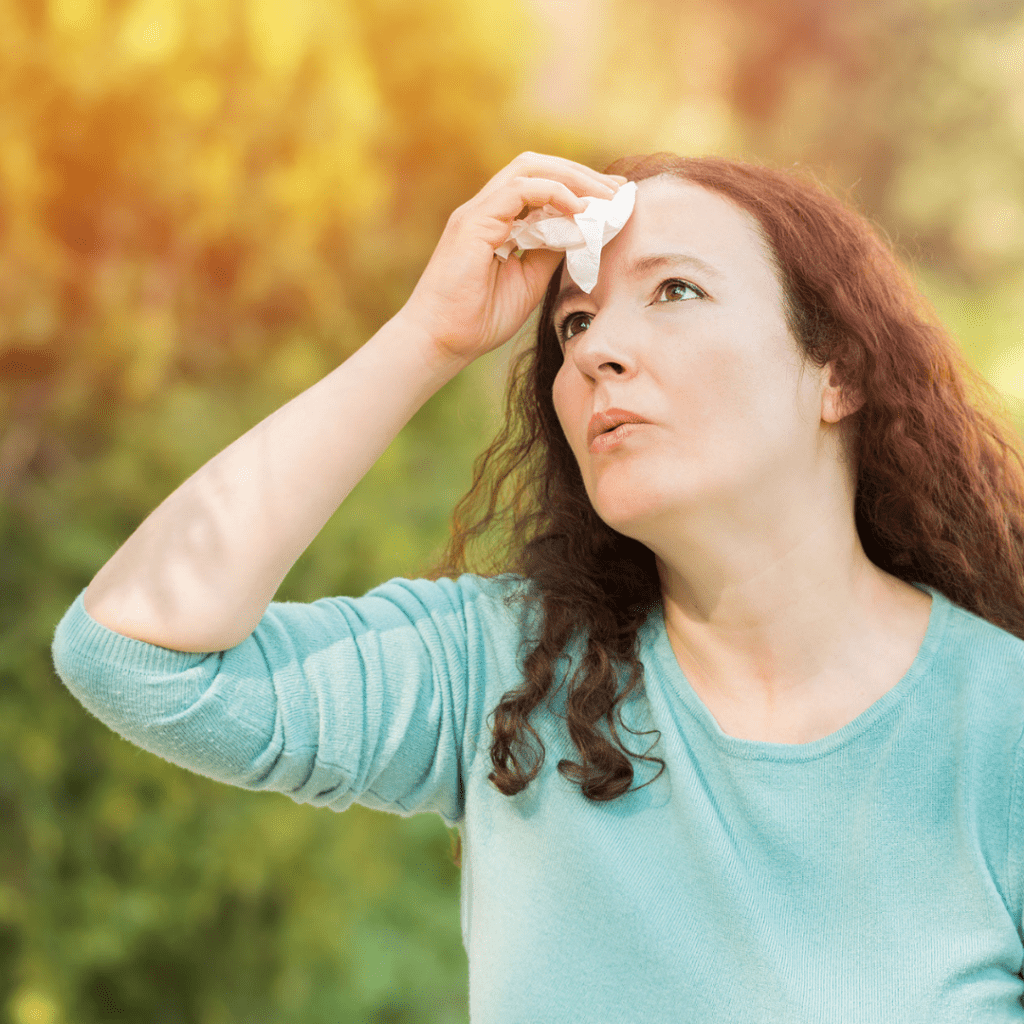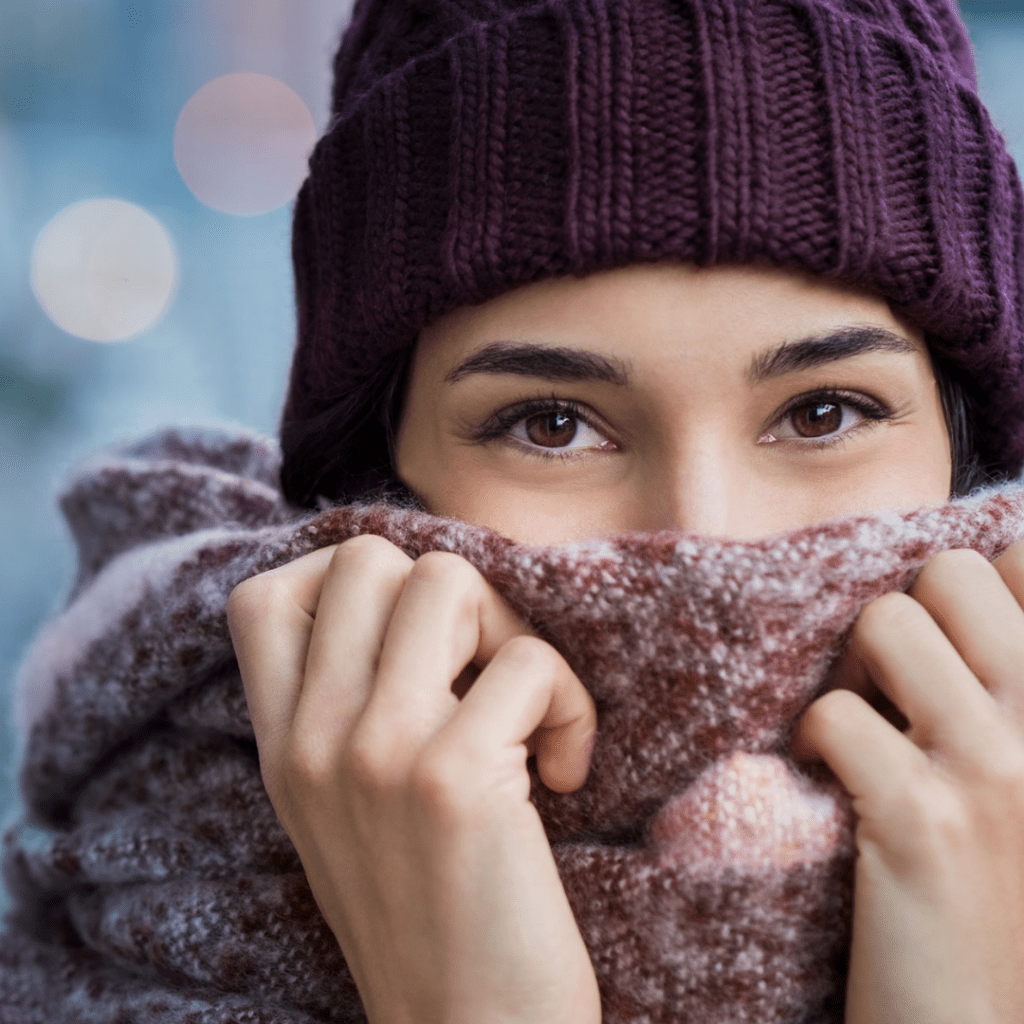Introduction:
One of the body’s most delicate organs, our eyes are exposed to a variety of environmental factors every day that may harm them. It is crucial to shield our eyes from these dangers, particularly throughout the various seasons of the year.
In this article, we’ll talk about the challenges that the eyes face throughout the year, the risks that each season poses, and the safety measures that must be taken.
Spring and Summer:
The eyes are exposed to dangerous ultraviolet (UV) rays during the sunny seasons of spring and summer. The following are a few typical eye-related problems that one may encounter during such seasons:

- UV Radiation: During the summer, there is a lot of direct sunlight, which produces harmful ultraviolet (UV) radiation. Macular degeneration, cataracts, and other issues involving the eyes can all be brought on by UV radiation exposure.
- Dry Eyes: Due to the heat and increased humidity of the summer, dry eyes can develop. Redness, discomfort, and irritation are all symptoms of dry eyes.
- Eye strain: This occurs particularly if you spend a lot of time outside without wearing protective eyewear. It may be challenging to see clearly or focus on objects due to eye strain and discomfort brought on by the bright sunlight.
- Eye allergies: Seasonal allergic conjunctivitis is a condition brought on by exposure to pollen, grass, and other airborne allergens that are common during summers.
To protect your eyes during the summer season, you can take the following steps:
- Wear Sunglasses: When spending time outside in the sun, put on sunglasses that block 99–100% of UV rays. The best option is a pair of wraparound sunglasses that completely cover your eyes.
- Utilize Artificial Tears: To keep your eyes moist and prevent dryness, use artificial tears. When spending time outside, take frequent breaks to rest your eyes and lower your risk of developing eye strain.
- Keep Your Eyes Clean: Before touching your eyes, wash your hands. You can also keep your eyes clean by using a fresh tissue or towel.
- Avoid Rubbing Your Eyes: Rubbing your eyes can aggravate the condition and increase the likelihood of infection.
- Drink plenty of water to stay hydrated and avoid developing dry eyes.
- To protect your eyes form allergies, stay inside during times of high pollen counts, use air purifiers, and take your prescribed allergy medication.
Autumn:
Although autumn is a lovely season, it can also cause some eye-related problems. The dry weather can cause dry eye syndrome, and the falling leaves and other debris can irritate the eyes.

Here are some suggestions for keeping your eyes safe this fall:
- Wear Protective Eyewear: Wear safety goggles or other protective eyewear when gardening or engaging in other outdoor activities. This can lessen the chance of leaves, twigs, and other debris irritating or hurting your eyes.
- Use Artificial Tears: Dry eye syndrome, which can cause discomfort, redness, and blurred vision, can be brought on by the dry weather of the autumn season. You can maintain the moisture in your eyes and relieve dryness by using artificial tears or eye drops.
- Avoid Rubbing Your Eyes: Rubbing your eyes can exacerbate the irritation and increase the risk of infection. Instead, use a damp cloth or eye wash to gently clean your eyes.
- Stay Hydrated: Drinking plenty of water can help keep your eyes and body hydrated, which is important for maintaining healthy eyes.
Winter:
Winter is a season that can pose several risks to the eyes, and it is important to take appropriate measures to protect them. Some of the risks that winter season can have on the eyes include:

- Dryness: The dry winter air and the chilly wind can irritate and dry out the eyes. This may result in symptoms like redness, burning, and itching.
- Snow Blindness: Because snow reflects so much UV light, it can cause a condition known as snow blindness. It is an uncomfortable eye condition that can temporarily impair vision.
- Conjunctivitis: Cold and flu viruses, also known as pink eye, are frequently present during the winter and can result in conjunctivitis. Redness, swelling, and discharge from the eyes are symptoms of a contagious eye infection.
- Corneal frostbite: Frostbite is a serious condition that can harm the skin as well as the eyes. It is caused by prolonged exposure to cold temperatures and results in the freezing of the superficial layer of the cornea.
To protect your eyes during winter, here are some things that you can do:
- Wear protective eyewear: To shield your eyes from wind, snow, and UV rays during the winter, put on wrap-around sunglasses or goggles.
- Along with a protective eyewear, wear a hat and scarf to cover your face and eyes to prevent frostbite, and stay out of the cold for short periods of time.
- Use Artificial Tears: Using artificial tears can help keep your eyes moist and prevent dryness and irritation during the winter, when dryness is a common problem.
- Wash Your Hands Often: Conjunctivitis can be brought on by cold and flu viruses, which are common in the winter. Wash your hands frequently and refrain from touching your eyes with contaminated hands to stop the spread of infection.
- Take Screen Time Breaks: During the winter, many people prefer to spend more time inside, which can result in more screen time. Regular screen breaks can help prevent eye fatigue and strain.
Conclusion:
To keep your eyes healthy throughout the year, you must protect them at all times. Wear UV-blocking sunglasses in the spring and summer to protect your eyes, and use artificial tears and protective eyewear in the fall to keep your eyes healthy.
Wear wrap-around sunglasses or goggles and artificial tears when it’s cold outside. Avoid touching your eyes during the monsoon and make sure to regularly wash them with clean water.
Wear safety goggles and avoid rubbing your eyes on windy days. These straightforward safety measures can help you maintain good eye health all year long.
